New Age Movement
Copyright 1995 by Ron Rhodes
Requests for information should be addressed to:
Zondervan Publishing House
Grand Rapids, Michigan 49530
ePub Edition August 2016: ISBN 978-0-3105-3501-0
Library of Congress Cataloging-in-Publication Data
Rhodes, Ron.
New Age Movement/ Ron Rhodes, author.
p. cm. (Zondervan guide to cults & religious movements)
Includes bibliographical references.
ISBN: 0-310-70431-6 (softcover)
1. New Age movementControversial literature. I. Title.
II. Series: Zondervan guide to cults and religious movements.
BP605.N48R46 1995
299'.93dc20 94-13038
CIP
All Scripture quotations, unless otherwise noted, are taken from the Holy Bible, New International Version. NIV. Copyright 1973, 1978, 1984, by International Bible Society. Used by permission of Zondervan Publishing House. All rights reserved.
All rights reserved. No part of this publication may be reproduced, stored in a retrieval system, or transmitted in any form or by any means electronic, mechanical, photocopy, recording, or any other except for brief quotations in printed reviews, without the prior permission of the publisher.
Edited by Patti Picardi
Interior design by Art Jacobs
03 04 05 /  CH/ 10 9 8 7 6 5 4
CH/ 10 9 8 7 6 5 4
The Zondervan Guide to Cults and Religious Movements comprises sixteen volumes, treating many of the most important groups and belief systems confronting the Christian church today. This series distills the most important facts about each and presents a well-reasoned, cogent Christian response. The authors in this series are highly qualified, well-respected professional Christian apologists with considerable expertise on their topics.
We have designed the structure and layout to help you find the information you need as quickly as possible. All the volumes are written in outline form, which allows us to pack substantial content into a short book. With some exceptions, each book contains, first, an introduction to the cult, movement, or belief system. The introduction gives a brief history of the group, its organizational structure, and vital statistics such as membership. Second, the theology section is arranged by doctrinal topic, such as God, Christ, sin, and salvation. The movements position is set forth objectively, primarily from its own official writings. The groups teachings are then refuted point by point, followed by an affirmative presentation of what the Bible says about the doctrine. The third section is a discussion of witnessing tips. While each witnessing encounter must be handled individually and sensitively, this section provides some helpful general guidelines, including both dos and donts. The fourth section contains annotated bibliographies, listing works by the groups themselves and books written by Christians in response. Fifth, each book has a parallel comparison chart, with direct quotations from the cultic literature in the left column and the biblical refutation on the right. Some of the books conclude with a glossary.
One potential problem with a detailed outline is that it is easy to lose ones place in the overall structure. Therefore, we have provided graphical signposts at the top of the odd numbered pages. Functioning like a you are here map in a shopping mall, these graphics show your place in the outline, including the sections that come before and after your current position. (Those familiar with modern computer software will note immediately the resemblance to a drop-down menu bar, where the second-level choices vary depending on the currently selected main menu item.) In the theology section we have also used icons in the margins to make clear at a glance whether the material is being presented from the cultic or Christian viewpoint. For example, in the Mormonism volume the sections presenting the Mormon position are indicated with a picture resembling the angel Moroni in the margin; the biblical view is shown by a drawing of the Bible.
We hope you will find these books useful as you seek to give an answer to everyone who asks you to give the reason for the hope that you have (1 Peter 3:15).
Alan W. Gomes, Ph.D.
Series Editor
Part I:
Introduction
I. What Is the New Age Movement?
The New Age movement has been called the fastest growing alternative belief system in the country.
A. Definition of the New Age Movement
1. The New Age movement is a loosely structured network of individuals and organizations who share a vision of a new age of enlightenment and harmony (the Age of Aquarius) and who subscribe to a common worldview.
2. The common worldview is based on monism (all is one), pantheism (all is God), and mysticism (the experience of oneness with the divine).
3. Because it is so broad and organizationally diffuse, the New Age movement cannot be categorized as a cult by any accepted sociological definition of cult.
a. Movements are multifaceted, involving a variety of individuals and groups whose respective practices and emphases (and even some beliefs) may be distinctive and diverse.
b. To be a New Ager, there is no single organization one must join and no particular creed one must confess.
B. Diversity in Unity in the New Age Movement
1. Diversity
a. The New Age movement is made up of many different individuals and organizations who have a wide variety of interests and are committed to different causes.
b. Jeremy P. Tarcher, a New Age book publisher, says: No one speaks for the entire New Age community.

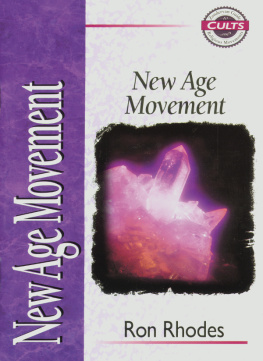
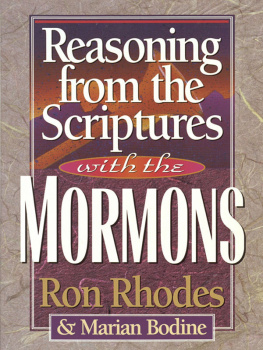
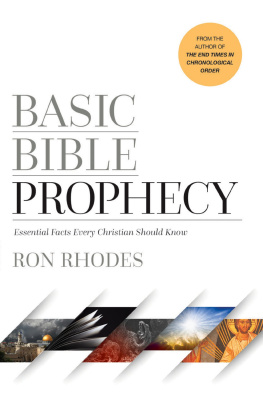
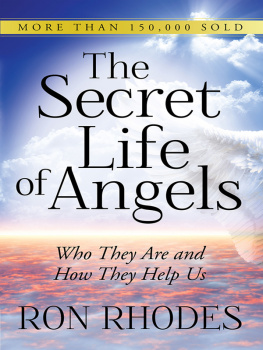
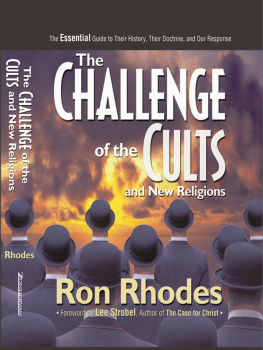

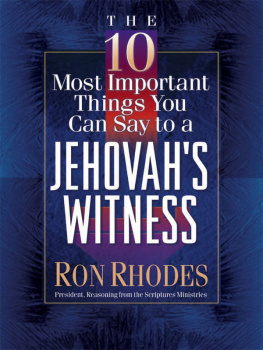
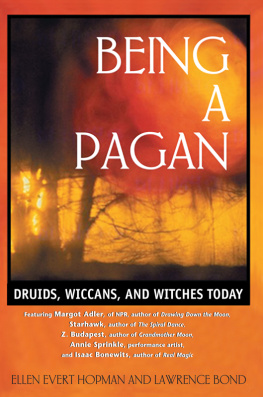



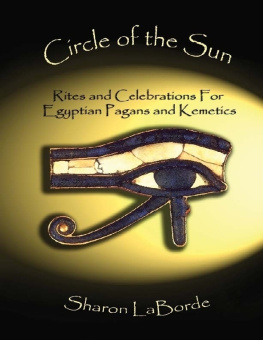
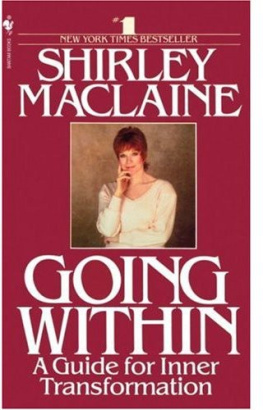
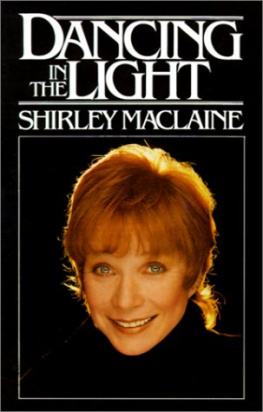

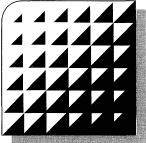
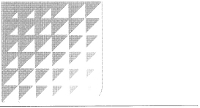
 CH/ 10 9 8 7 6 5 4
CH/ 10 9 8 7 6 5 4
